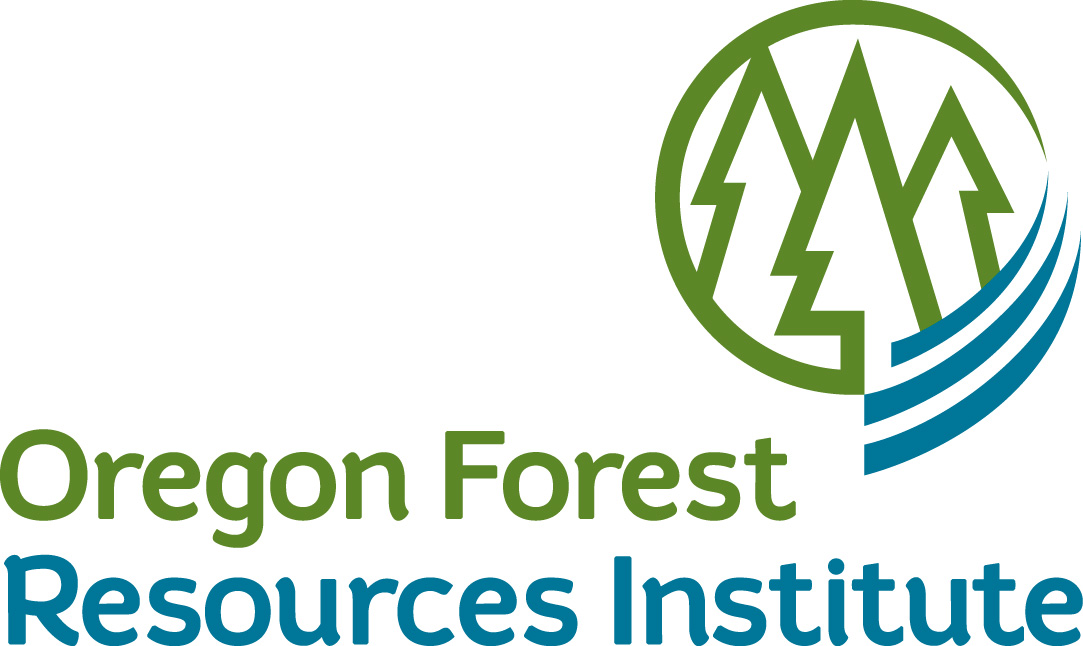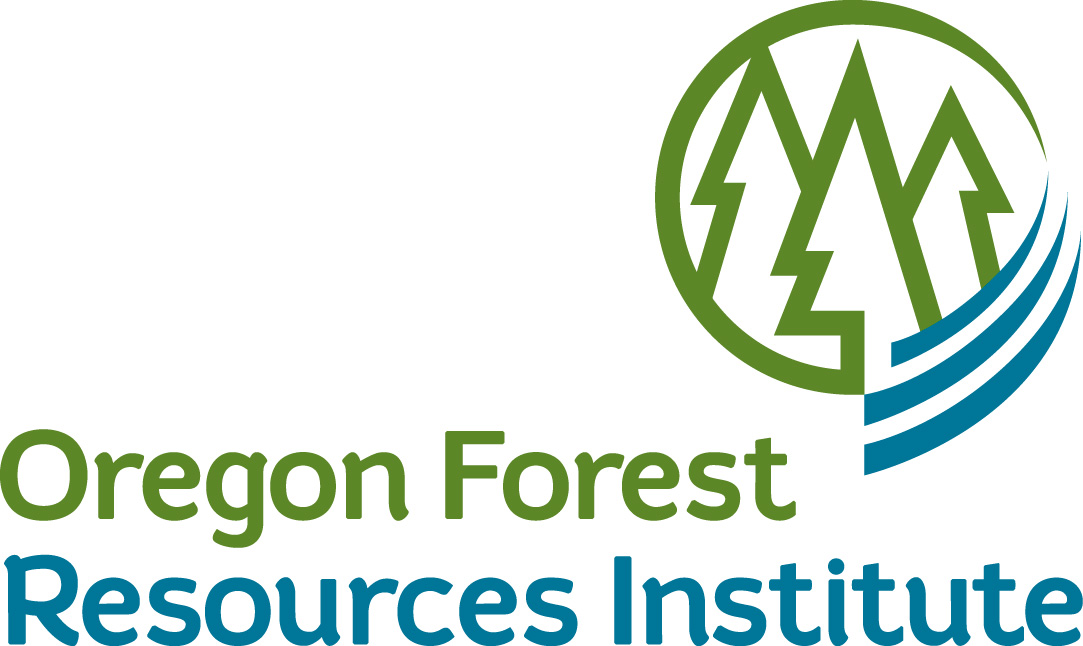SAF Learning
-
You must log in to register
- Non-member - Free!
- Member - Free!
View these 6 presentations under the Contents tab:
Biomass, Bioenergy, and Carbon
Updated LCI Data Impacts on Carbon Stores & Displacement Opportunities. Bruce Lippke, University of Washington
Economics
Southern Forestry Practices: Costs and Trends. Adam Maggard, Auburn University
The Magnitude of Variation in Results By Using Different Economic Contribution Analysis Approach Using IMPLAN. Jagdish Poudel, Michigan Department of Natural Resources
Harvesting & Utilization
Landslides in Coastal Oregon: How Geologic Conditions Affect Harvest Planning. Paul Clements, Oregon Department of Forestry
Landslides in Coastal Oregon: How Downslope Public Safety Concerns Affect Harvesting Operations. Paul Clements, Oregon Department of Forestry
Technology
Use of Lidar-derived Forest and Topographic Characteristics to Classify Alternative Harvest System Options. Ryer Becker, University of Idaho
Key:
Browser Recommendation
Use Chrome, Firefox, Edge, or Safari.
DO NOT USE Internet Explorer.
Quick Search
Customer Support
If you need assistance with registration, accessing a ForestEd product you purchased, or other customer service-related issues, please email ForestEdSupport@safnet.org during normal office hours: Monday - Friday, 9:00 am - 5:00 pm ET.
Sponsors
ForestEd Suggestion Box
Technical Support
For technical support, email ForestEdSupport@safnet.org



